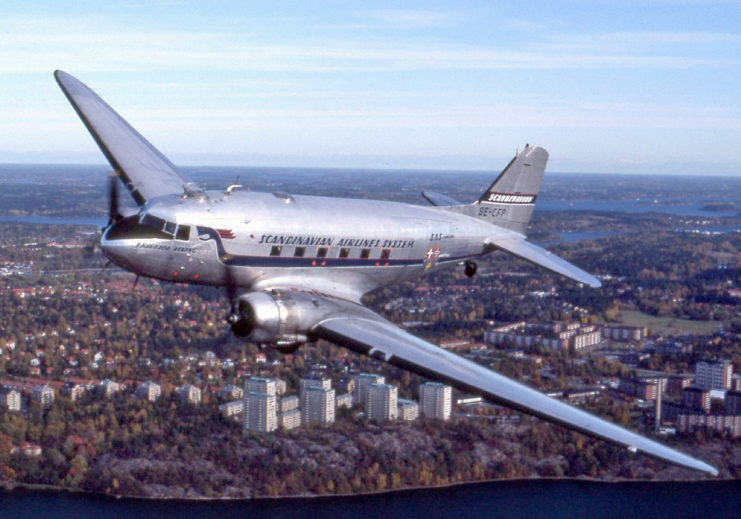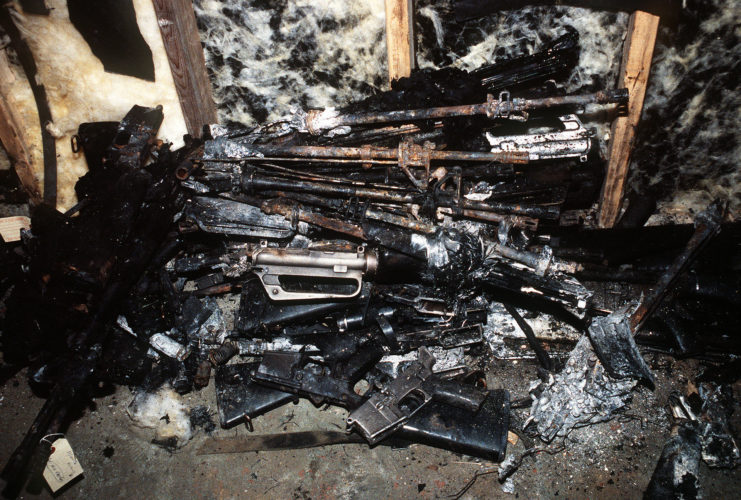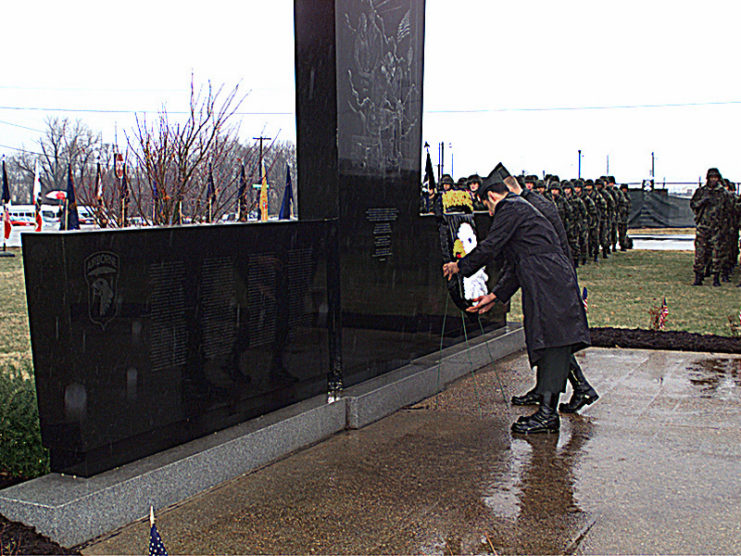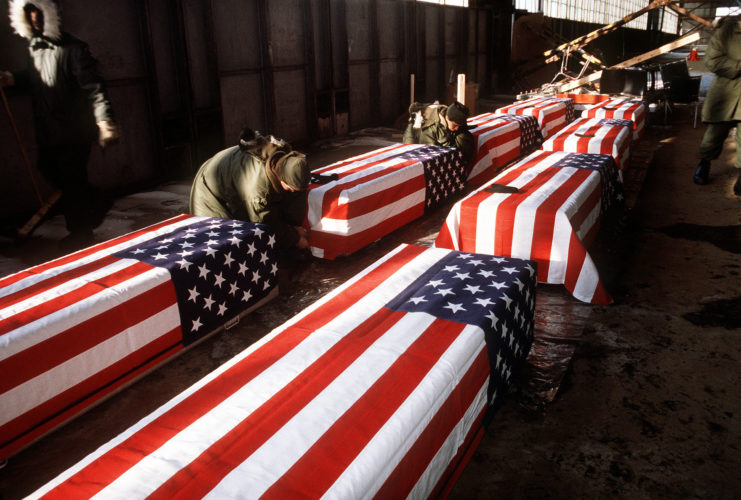Returning from a peacekeeping mission

In 1985, the U.S. Army deployed troops on a six-month peacekeeping mission to Egypt’s Sinai Peninsula as part of the Multinational Force & Observers (MFO). The majority of the soldiers came from the 3rd Battalion, 502nd Infantry Regiment, 2nd Brigade, 101st Airborne Division, accompanied by 12 members from the Criminal Investigations Command (CID) and Forces Command (FORSCOM).
As the mission neared its conclusion in mid-December, some soldiers swapped assignments with colleagues who had young children, allowing those parents to return home early and spend Christmas with their families. On December 11, a total of 248 personnel boarded a Douglas DC-8-63CF jetliner, heading home to Fort Campbell, Kentucky.
The plane crashes with members of the 101st Airborne onboard

Flight 1285R left Cairo, Egypt, at 8:35 PM on December 11, 1985, bound for the United States with scheduled refueling stops in Cologne, West Germany, and Gander, Newfoundland. The DC-8 touched down in Cologne at 1:21 AM and, after a brief layover and a change of crew, was airborne again just over an hour later with eight new crew members onboard.
The plane arrived at Gander International Airport at 9:04 AM. While ground crews refueled the aircraft and performed an external inspection, the passengers disembarked for a short rest. At 10:15 AM, the DC-8 began its departure from runway 22, accelerating to 192 MPH. Eyewitnesses noted that the plane appeared to have difficulty gaining altitude.
As the speed increased to 198 MPH, the aircraft began to descend unexpectedly, flying dangerously low over the Trans-Canada Highway. Multiple onlookers reported seeing a sudden flash before the plane crashed near Gander Lake. The collision broke the aircraft apart and ignited an enormous fire, fed by the large amount of fuel loaded earlier that morning.
All 248 people on board, including troops from the 101st Airborne Division, lost their lives. At the time, it was the most fatal crash involving a DC-8, a record later surpassed in 1991 by the Nigeria Airways Flight 2120 disaster. It remains the deadliest aviation accident in Canadian history and the most significant non-combat loss of life for the U.S. Army.
The Canadian Aviation Safety Board launches an investigation

Right after the plane crash, the Canadian Aviation Safety Board (CASB) dispatched a response team to collect evidence that could help them determine what had occurred. By the end of their investigation, five out of nine board members concluded that, as the DC-8 approached Gander, conditions were conducive to ice formation on the aircraft’s wings. The plane continued to be exposed to freezing precipitation upon landing and had not been de-iced before taking off for Kentucky.
Although the members couldn’t identify the precise sequence of events leading to the crash, they stated in their report that “the weight of evidence supports the conclusion that, shortly after lift-off, the aircraft experienced an increase in drag and reduction in lift that resulted in a stall at low altitude from which recovery was not possible.” They attributed the stall to ice contamination on the upper surface of the DC-8’s wings.
Four CASB members disagreed, suggesting instead that “an in-flight fire that may have resulted from detonations of undetermined origin brought about catastrophic system failures” causing the crash. They also pointed out shortcomings in the data retrieved. Judge Willard Estey of the Supreme Court of Canada later ruled that the evidence did not support either conclusion, leading to the CASB’s dissolution and the formation of the Transportation Safety Board of Canada.
On the day of the crash, an anonymous caller contacted a French news agency in Beirut, claiming responsibility on behalf of the Islamic Jihad Organization. However, both the Canadian and US governments dismissed this claim.
The plane crash had a lasting impact on the 101st Airborne

A few days after the tragic plane crash, President Ronald Reagan and First Lady Nancy Reagan visited Fort Campbell to offer support to the 101st Airborne Division and the grieving families. Addressing the crowd, Reagan said, “Some people think of members of the military as only warriors, fierce in the martial expertise, but the men and women we mourn today were peacemakers. They were there to protect life and preserve peace, to act as a force for stability and hope and trust.”
After the recovery efforts, the fallen soldiers were brought back to the United States, accompanied by their fellow 101st Airborne comrades. Since the crash, several memorials have been established to honor the victims, including one overlooking Gander Lake, another at Fort Campbell, and a Memorial Park in Hopkinsville, Kentucky.
Each year, a memorial service is held in Gander to remember the 256 lives lost. The event is live-streamed to Fort Campbell, allowing current members of the 101st Airborne to take part in the tribute.
More from us: The Douglas SBD Dauntless Changed the Course of the Second World War In a Single Day
The crash of Flight 1285R has been explored in various television programs over the years. Unsolved Mysteries aired an episode suggesting possible links to the Iran-Contra Affair, speculating that an explosion, detonation, or fire may have caused the crash. The Discovery Channel series Mayday also examined the incident in a season 11 episode titled “Split Decision.”
